Pronghorn Restoration and Rural Economy
Wednesday, February 14th, 2018This is Passport to Texas
Wildlife biologist Shawn Gray finds pronghorns fascinating, and hopes you will, too.
The pronghorn is a unique mammal of North America; it’s the only one found in its family. It’s the fastest mammal in North America. It’s a big game species.
Gray is the pronghorn program leader and oversees the Pronghorn Restoration Project. Because it’s is a game species, hunting them should pick up as their population grows, thus benefitting local communities.
In 2008, we issued probably like 800 buck only hunting permits. And, shoot, in 2009 or 10, we were issuing less than 100. And there’s a lot to that. Not only is it the money that they get for trespass access for hunting, but the hunters come into the local communities and spend time and spend money. So, there’s a lot of those economic impacts as well with a much reduced pronghorn population out here.
The Trans-Pecos pronghorn population dipped below 3K in 2012, and Gray says through translocation and natural reproduction, they hope to see the number rise to 10K.
Most of the local communities in the Trans-Pecos really miss the pronghorn. And they really want to see pronghorn back on the landscape at numbers that they are used to seeing.
With the continued success of the restoration project, they may get their wish.
The Wildlife Restoration program supports our series and funds pronghorn restoration in Texas.
For Texas Parks and Wildlife…I’m Cecilia Nasti.
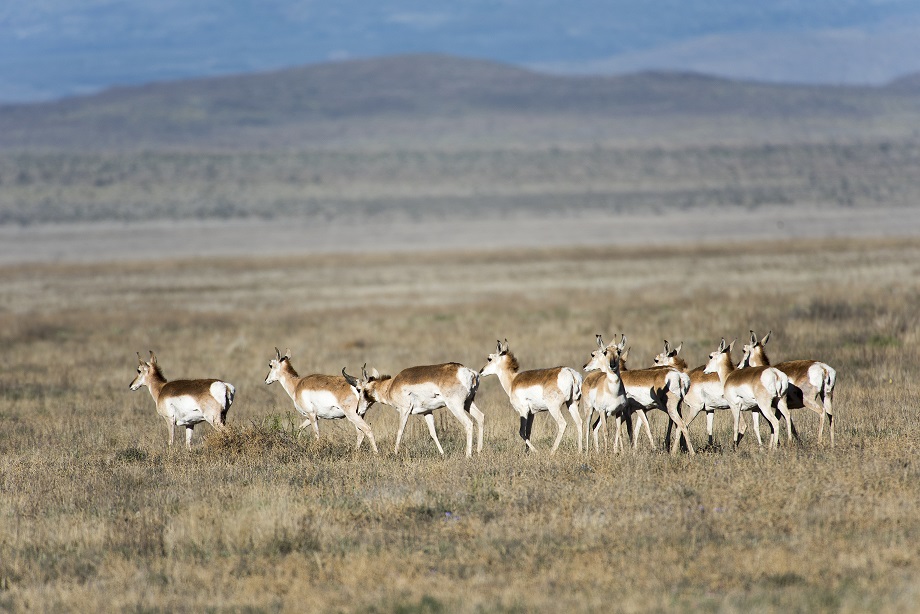

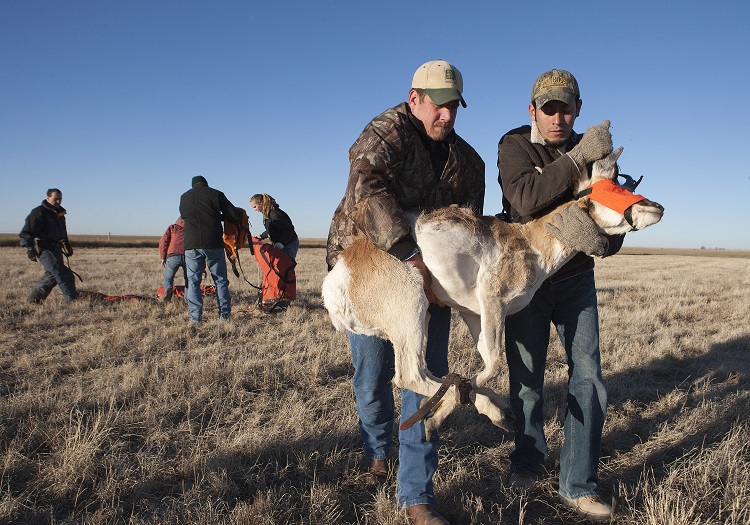
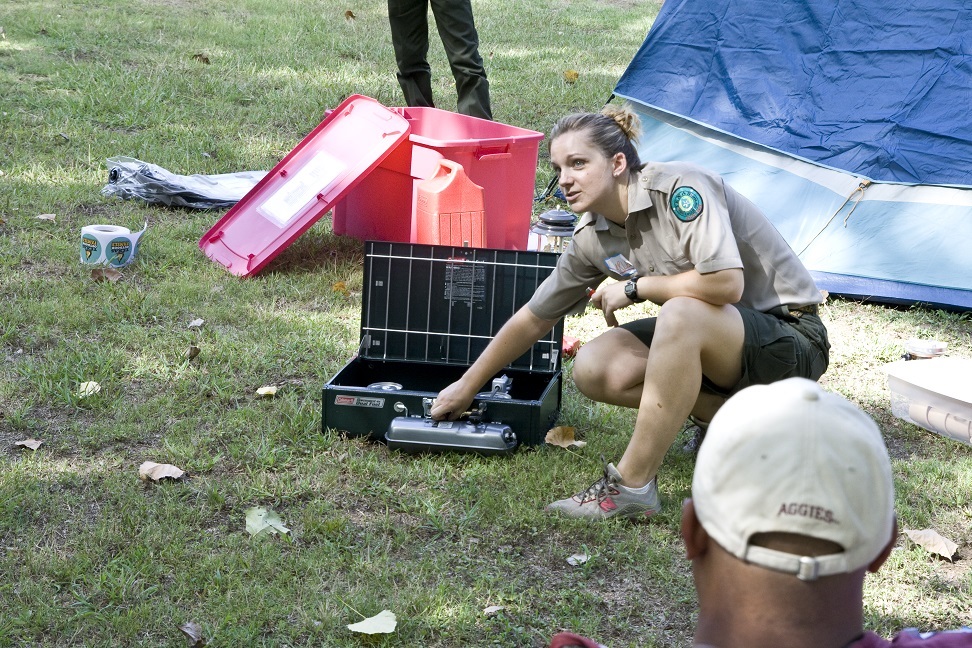
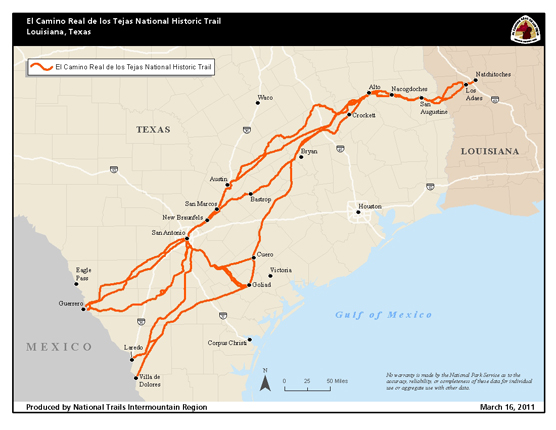
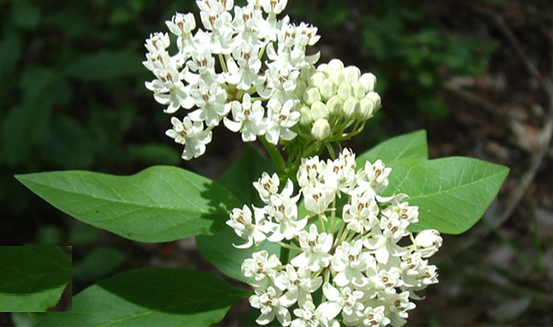

 Passport to Texas is a
Passport to Texas is a  Passport to Texas is made available by:
Passport to Texas is made available by: